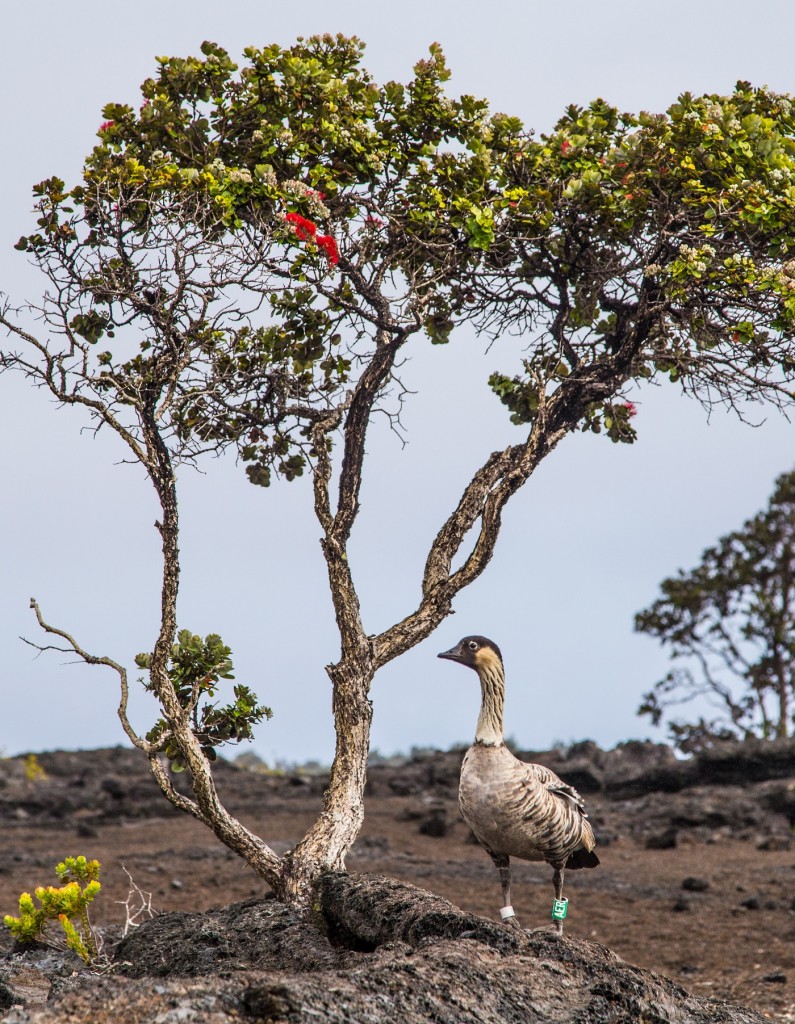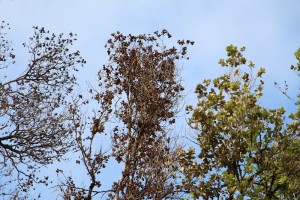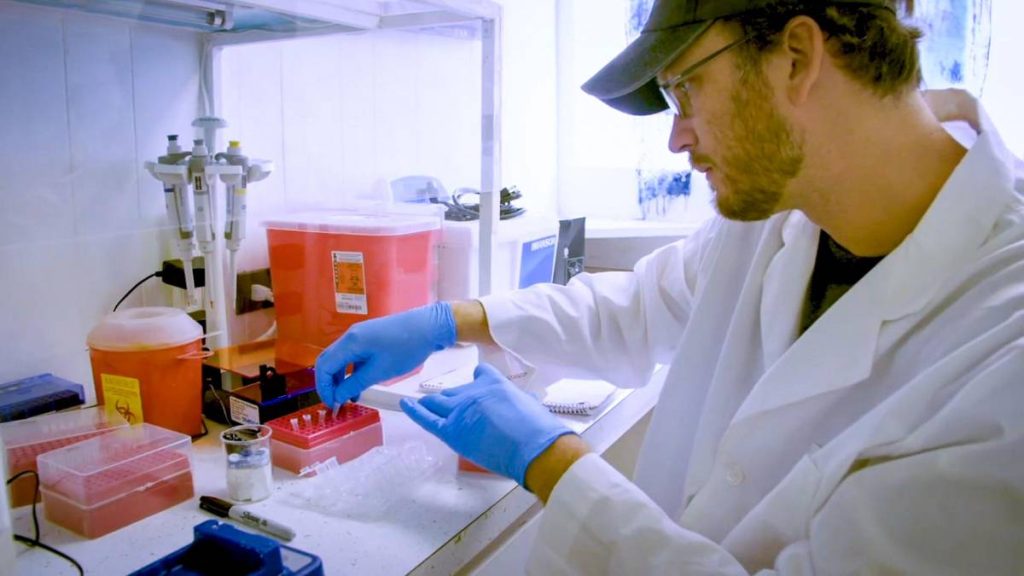UH Researchers Work to Combat Rapid Ōhiʻa Death
University of Hawai‘i research is producing more evidence that links the tiny ambrosia beetle to rapid ʻōhiʻa death, a fungal disease that has killed hundreds of thousands of ‘ōhi‘a trees on Hawai‘i Island, affecting almost 50,000 acres. the potential to kill ʻōhiʻa trees statewide.
The disease has the potential to kill ʻōhiʻa trees statewide. Ōhiʻa are the foundation of the state’s watersheds and a cultural treasure.
Healthy trees appear to die within a few days to a few weeks, which is how the disease came to be called “rapid ʻōhiʻa death.”
UH Mānoa College of Tropical Agriculture and Human Resources and UH Hilo researchers, and multiple state and federal agencies have been working to combat rapid ʻōhiʻa death since it was first identified in 2013.
Preliminary findings show that as much as 75% of the dust spread from ambrosia beetles that have bored into infected ʻōhiʻa trees contains spores that carry rapid ʻōhiʻa death, and 10% of the ambrosia beetles tested were also positive for the fungal disease.
The infected boring dust may be carried by wind, infecting healthy ʻōhiʻa trees.
Researchers theorize that the deadly disease may be controlled by managing the beetle habitat in dead and dying ʻōhiʻa trees.
Go to rapidohiadeath.org for more information on how to help stop rapid ʻōhiʻa death.

















